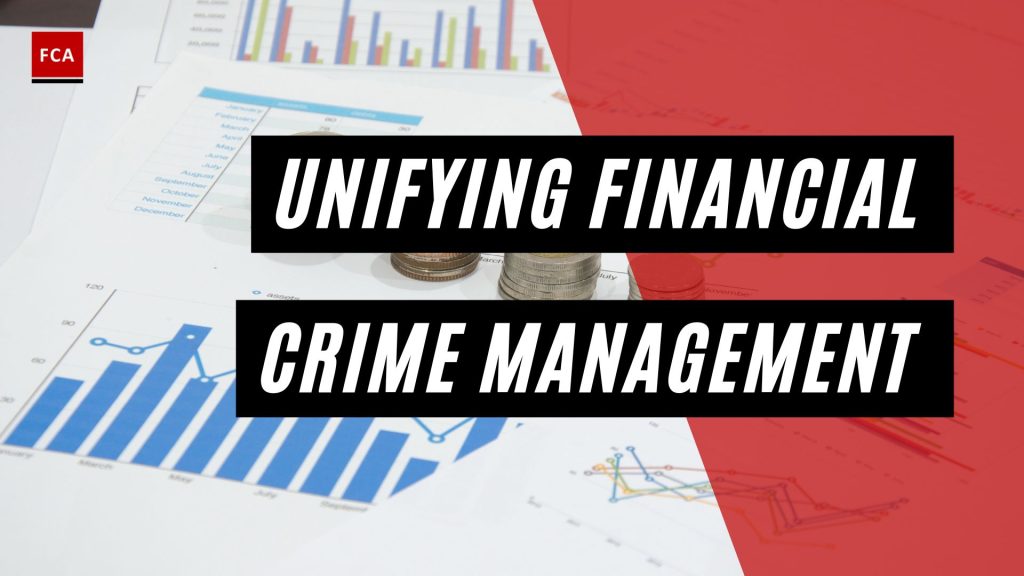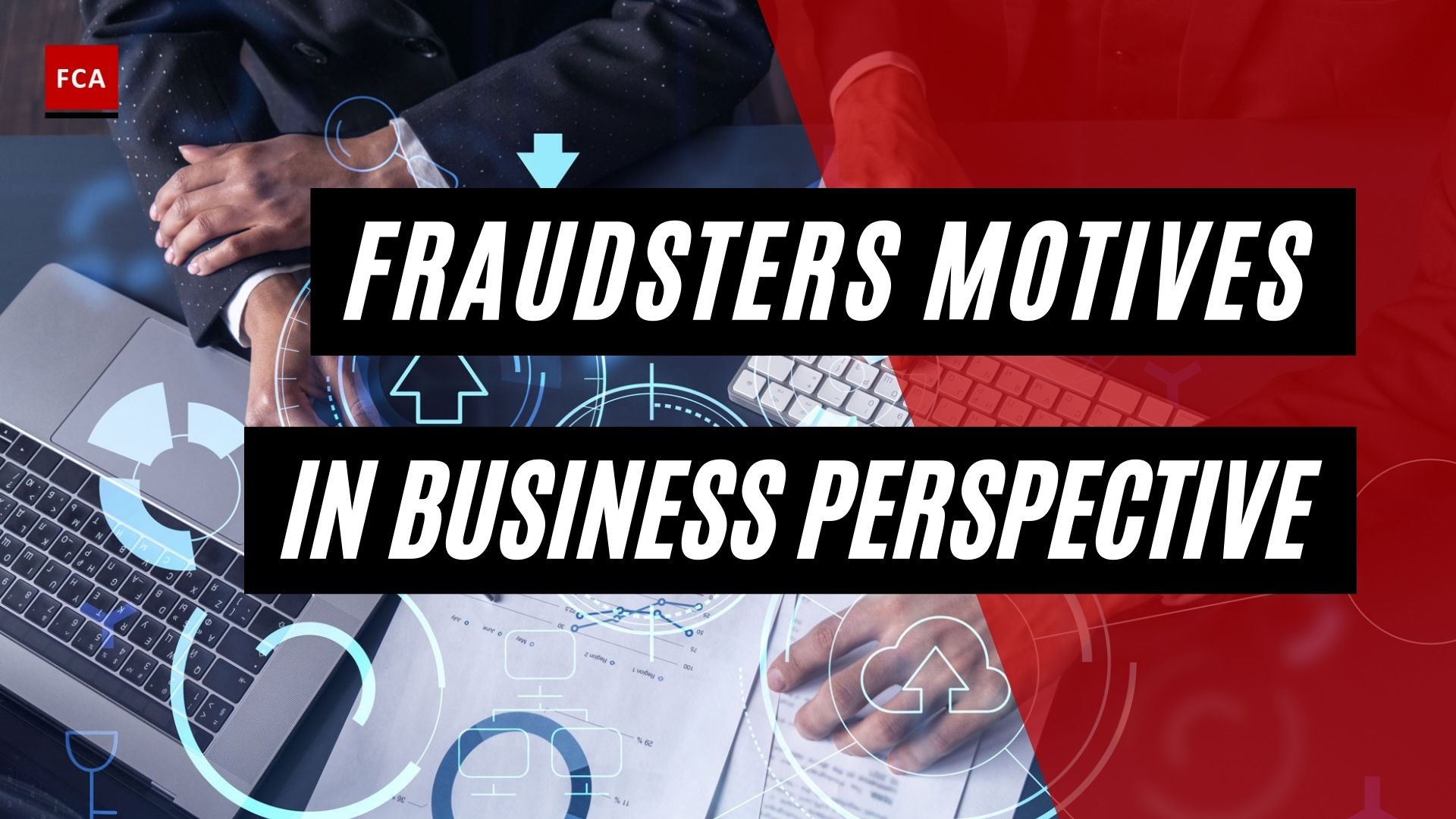Unifying financial crime management across diverse regulatory domains allows for a more robust and comprehensive approach, ensuring organizations can effectively meet their compliance obligations while proactively mitigating risks associated with various financial crimes.
Every country or jurisdiction has its regulatory requirements for the implementation of different anti-money laundering (AML) programs, due diligence and know your customer (KYC) programs, anti-bribery and corruption programs, and anti-fraud and risk management framework.
The effective implementation of an integrated approach to managing financial crimes, including bribery, corruption, fraud, money laundering, terrorist financing, and cybercrime requires the identification and consideration of key regulatory requirements for each of the risks and financial crimes.
Such regulatory requirements are required to be identified by the central compliance function, including the anti-money laundering team, know your customer (KYC) team, enterprise risk management team, fraud identification and investigation team, information security team, and anti-bribery and corruption team.

Unifying Financial Crime Management
The integrated program consolidates the compliance data in an accurate, and useful way enabling the compliance team to contextualize that data and predict the trends of compliance and non-compliances, in different activities of the organization, such as:
- Customer onboarding,
- System or software development,
- Entering into cloud arrangements,
- Credit scoring, portfolio optimization, and management,
- Managing correspondent, and cross-border relationships,
- Processing and monitoring of cross-border transactions,
- Transaction monitoring,
- Managing relationships with high-risk customers,
- Detection and prevention of frauds,
- Managing whistleblowing data,
- Managing unethical conduct, bribery, and corruption,
- Performing different risk assessments, etc.
The key regulatory considerations that need to be identified for the development of the integrated program, revolve around the:
- Identification and verification of customers, before onboarding,
- Performing various risk assessments, including the risk assessments related to customers, delivery channels, country, product, services, money laundering and terrorist financing, fraud risk assessments, cybersecurity risk assessments, vulnerability risk assessments for the systems and resources, etc.
- Monitoring transactions and activities of customers, considering the customer profiles and transaction thresholds,
- Reporting to the regulatory authorities, including large cash transactions, and suspicious transactions,
- Reporting frauds incurred and reported,
- Prevention of bribery and corruption,
- Maintaining paper records and documentation related to the customers, risk assessments, transactions monitoring, investigation, reports submission to authorities, etc.
The Chief Compliance Officer and Chief Risk Officer of the institution are required to take charge of the development and implementation of the integrated program and include all relevant regulatory requirements to ensure meticulous compliance. The integrated program becomes a central reference document for the employees to understand their respective regulatory obligations, and perform their roles to ensure compliance and avoid different financial crime risks.
The integrated program is used to:
- Perform periodic compliance and risk reviews,
- Testing the operating effectiveness of regulatory compliance and risk management controls,
- Development of risk mitigation plans, and
- Monitoring the progress of the implementation plan.

Final Thoughts
As we navigate through an era of complex financial regulations and escalating financial crimes, an integrated approach to regulatory compliance and risk management becomes paramount. This consolidated program, under the stewardship of Chief Compliance Officers and Chief Risk Officers, offers organizations a comprehensive reference for understanding their respective regulatory obligations and for mitigating financial crime risks.
Not only does it enhance operational effectiveness in compliance, but it also paves the way for proactive identification of potential threats, thus enabling strategic development of risk mitigation plans. The overarching theme here is the timely realization that combating financial crimes is not a siloed task, but rather a multifaceted, collaborative endeavor demanding seamless synchronization of various organizational functions.








